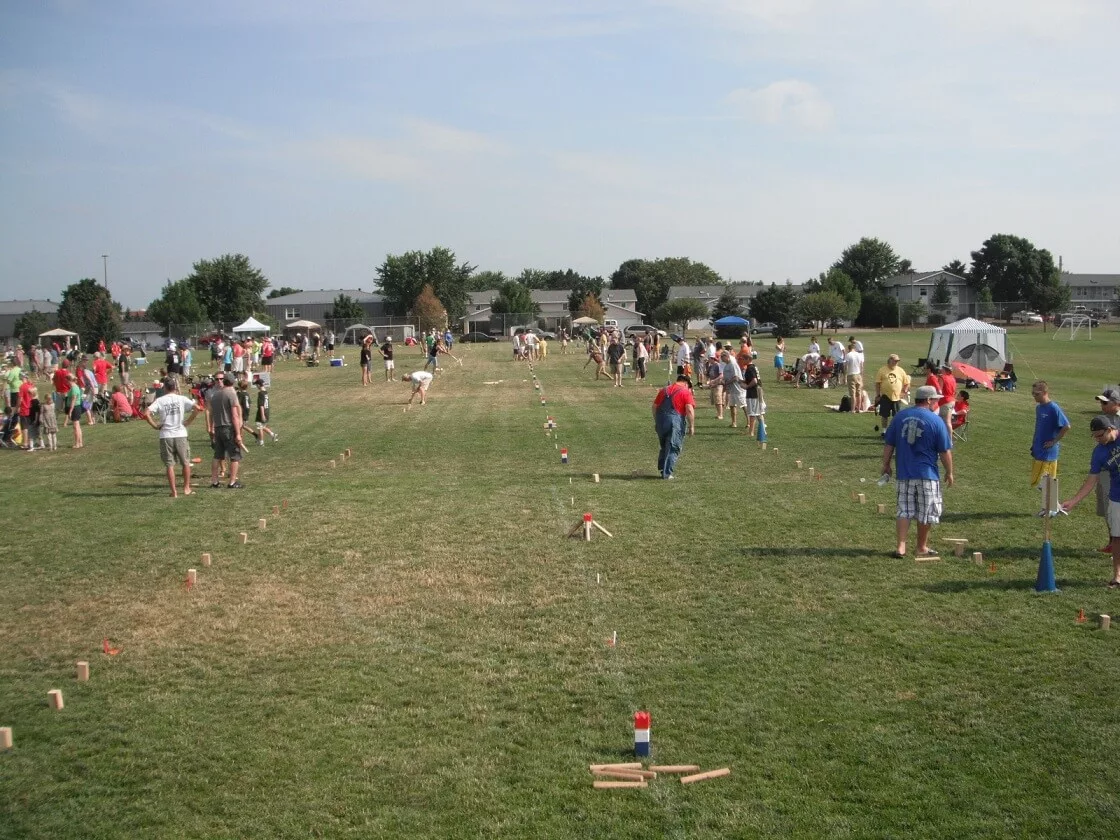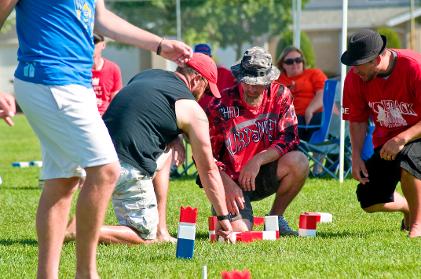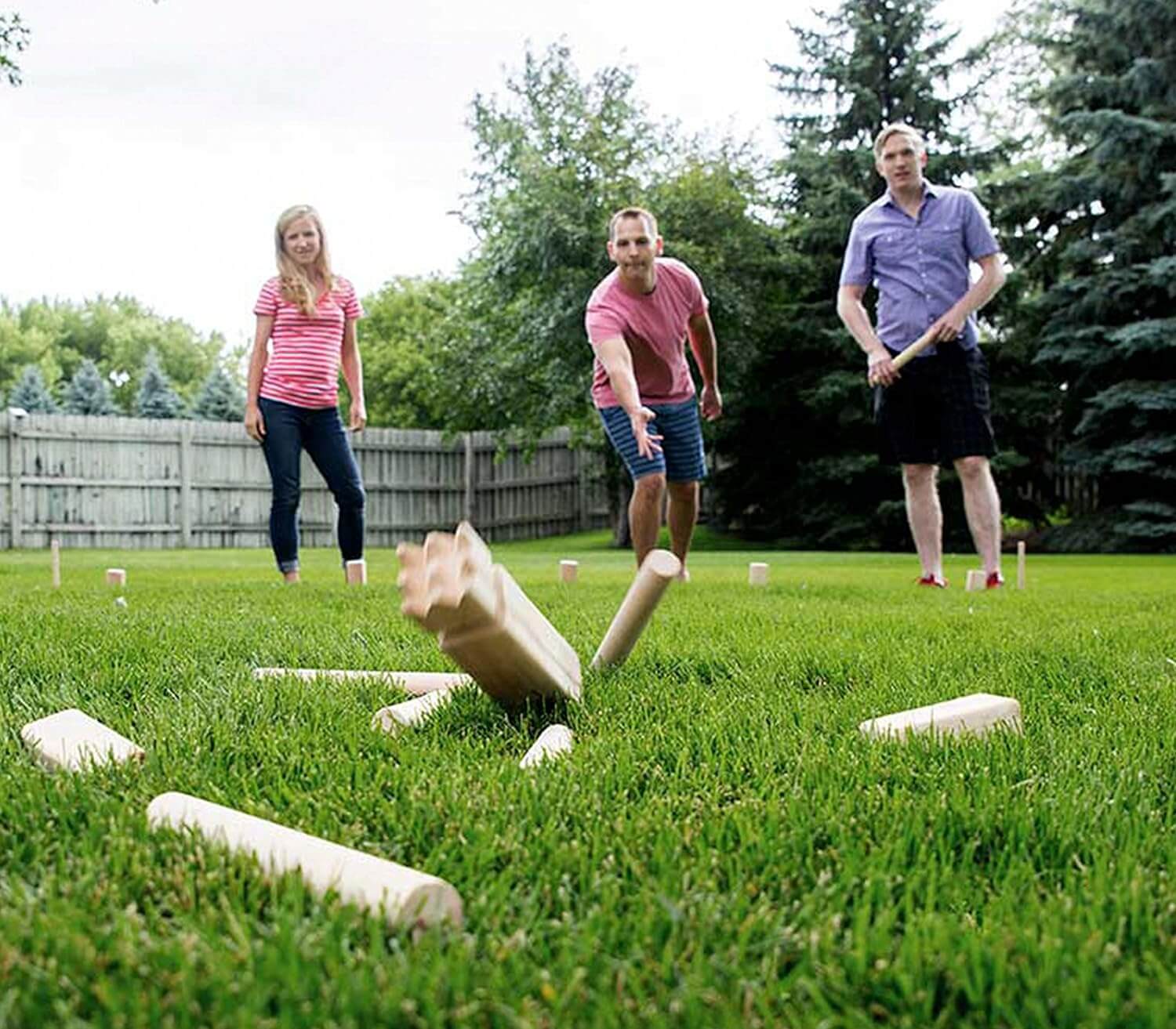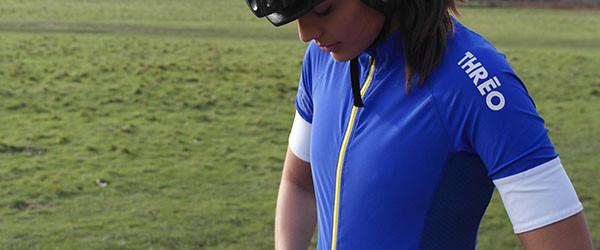No products in the cart.

Kubb Game, sometimes referred to as ‘Viking Chess’, is an outdoor game that boasts a unique combination of elements from bowling, horseshoes, and chess. With origins shrouded in the ethereal mist of Viking folklore, this game is believed to have been played with the bones of vanquished enemies in times gone by. In today’s more civilized era, it has developed into a popular pastime loved by many around the globe, and its mix of strategy and dexterity has even given rise to competitive arenas, culminating in the world championships.
- History
- Kubb Game Rules
- The Scoring System
- The Playing Field
- Strategies and Techniques
- World Tournaments
- Popular Teams
- Variation of the Game Around the World
- References
History
Historical evidence shows an unnamed game, with similarities to Kubb, taking place in Poland as far back as the sixteenth century. Another game, “kaisers”, originating in 1800’s Leipzig, also exhibits foundational features akin to Kubb, including team sides and recycled pins. Other games such as the Karelian game “kyykkä” and the possibly Siberian game “bunnock” seem typologically similar to Kubb, despite no established historical connection.
In Sweden, another pin-toppling game called “kägelkrig” has remarkable similarities with modern-day Kubb. This game was prevalent in mainland Sweden as early as 1878 – a fact established in the Boys’ Own Book, “Ungdomens Bok”.
Interestingly, the island of Gotland did not know Kubb in 1912 but by 1931, the game had made its appearance, garnering immense local popularity in the 1980s. This led to the official commercial production of Kubb sets and the advent of the Kubb World Championship in 1995. Despite starting as a localized event in Rone, Gotland, the tournament gradually gained international traction. Teams across Europe, the USA, and Canada started participating as Kubb’s popularity exploded. Now, major tournaments spanning the globe, including over 50 in Belgium alone during 2012, bear testimony to Kubb’s global appeal.
Kubb Game Rules
The game begins with the set-up. The rectangular playing area, often referred to as the ‘pitch’, contains five Kubbs placed at regular intervals on each team’s ‘baseline’ with the ‘King’, positioned in the center. Each contributing team, consisting of one to six players, stands behind their respective line of Kubbs.
The toss of a baton, or ‘Kastpinnar’, initiates the game, with the team that knocks down the King deciding who plays first. This process is called ‘opening the pitch’. The first team then proceeds to throw their six Kastpinnar from their baseline, aiming at the Kubbs on their opponent’s side. A fundamental point to remember: players must throw the batons underhand and in a vertical orientation. Any baton tossed contrarily is considered void, canceling the consequences of that throw.
Once all the batons are thrown, the opponent collects any toppled Kubbs, tosses them into the first team’s half of the pitch, and stands them upright. These become known as ‘field Kubbs’. The first team then has to knock down these field Kubbs before aiming for the baseline Kubbs.
The game’s objective is to eliminate all of the opponent’s Kubbs, both on the field and baseline, before finally knocking down the King. A rule known as ‘The King’s Honor’ dictates that the King must be the last to fall. Prematurely striking down the King leads to an instant loss, making it a risky and potentially game-changing move.
The Scoring System
It is a tactical game that doesn’t use a traditional point-scoring system. Rather, the result is binary: a team either wins or loses. The victory comes when one team eliminates all of their opponent’s Kubbs, both field and baseline and subsequently brings down the King. Field Kubbs must be knocked down before aiming for the baseline ones.
The field Kubb rule also adds an exciting twist to the game. Once a team throws a Kubb into the opponent’s half and props it up, it becomes a field Kubb. Teams must prioritize these over baseline Kubbs. If a team fails to knock down the field Kubbs in their turn, the opponents get to throw from the closest fallen Kubb, giving them a significant advantage.
However, these games can sometimes result in no outright winner within the specifically agreed timeframe or number of rounds. In such instances, the team that has knocked down more Kubbs becomes the winner. If the number is equal, the one that fell the first Kubb gets the victory.

The Playing Field
Kubb Game Dimensions
For a quality game, setting up the field correctly holds high importance. The playing field, also known as the ‘pitch’, has a rectangular shape with measurements of 8 meters by 5 meters. However, for less formal playtimes, the dimensions may adapt to the available space.
Component Positions
Five cubical wooden blocks, referred to as ‘kubbs’, are placed at regular intervals along the two shorter boundaries of the pitch. These are called the baseline kubbs. The king, a larger wooden piece, sits in the center of the playing field, marking it as the main target.
Each of the two teams has six cylindrical wooden pieces called ‘batons’ to throw. Each round, also known as an ‘end’, allows teams to throw all their batons.
Besides the batons and kubbs, four corner stakes act as markers for the pitch’s boundary. These are placed at the four corners of the field to denote the official playing area. Any baton or kubb landing outside these markers during play is deemed out of bounds.
Strategies and Techniques
Being good at this game is not only about understanding the rules and the playing field but also about developing effective strategies and mastering throwing techniques. A winning approach involves a mix of both defensive and offensive stances.
In terms of offense, the aim should be to topple as many of the opponent’s baseline kubbs as possible at every turn. Be sure to make use of all your batons, as efficiency in your throws is key. A good tip is to maintain balance during the throw and focus on striking the center of the kubb.
For defense, placement of knocked kubbs – which become field kubbs – requires careful thought. The idea is to place them strategically so they are difficult for the opponents to knock over, providing a strong defensive line.
Adopting a cluster strategy can prove beneficial. This involves aiming to get the field kubbs to land close together, by throwing them in a high arc. It allows knocking over multiple kubbs with a single throw, a big advantage when it’s your turn.
World Tournaments
Each year, an array of tournaments happen globally, offering a wide variety of competitions for both professional affiliations and laid-back players. These events continue to strengthen the sport’s growing popularity, with the Kubb World Championship held on the island of Gotland, Sweden, being particularly prominent. Since its inaugural year in 1995, the Kubb World Championship engages teams from across the planet in an annual three-day event, which sees the participation of teams not just from Sweden but also from other countries including Great Britain, Austria, Germany, France, and Australia. This universal attraction is a testament to the tournament’s open policy – all teams are welcome to register, regardless of age.
European Competitions
In the European context, it is celebrated in numerous national tournaments across countries such as Belgium, the UK, the Czech Republic, Germany, Italy, Sweden, Switzerland, and the Netherlands. Among these, the Kubb European Championship, held annually in Berlin since 2011, brings together European teams for a showdown each July. Moreover, associations from Germany, Belgium, and Switzerland have initiated the European Kubb Championship under the guidance of the European Kubb Association (EKA).
Other locally hosted tournaments in Europe include:
- Spring tournament in Stockholm, Sweden Kubbistan, a tournament held annually since 2008, in Stockholm, Sweden;
- Swedish National Championship;
- Swiss Kubb Open in Basel, Switzerland;
- UK tournament held every year near Bristol, England, representing European Kubb players;
- Belgian Championship held annually in different locations in Flanders;
- Dutch Championship held annually in Nijeveen, The Netherlands;
- Kubb Open Gneven – annual winter and summer tournaments in Gneven, Germany;
- Italian Championship in different locations every year in Italy.
U.S. Competitions
A rapid rise in tournaments has been witnessed in the U.S. since 2007, primarily in the Midwest. In 2016, the U.S. tournament map included over 40 exhilarating competitions. However, Minnesota and Wisconsin were seen holding the mantle for the maximum number of tournaments.
In 2013, the U.S. took the initiative to revive the Midwest Championship, an event that travels around the Midwest region annually, making stops in a different city each year such as Rockford, IL; Decorah, IA; Madison, WI; Shakopee, MN; Canton, OH; among others.
Some of these tournaments in the United States include:
- U.S. National Kubb Championship in Eau Claire, Wisconsin;
- Fall Kubb Klassic Tournament in Des Moines, IA;
- Madison Midsommar Kubb Tournament held in June in Madison, Wisconsin;
- Dallas, WI Oktoberfest Tournament First Saturday in October. Only a six-person team tournament in the U.S;
- Rockford Swedish Historical Society Tournament held in May;
- Tournaments in Round Lake, Minnesota, Minneapolis, Minnesota, and Chicago, Illinois.

“Kubb unites people and creates peace on Earth.”
Popular Teams
In the United States, the “Kubb Snipers” a team hailing from Eau Claire, Wisconsin, have gained recognition for their remarkable strategic skills and accuracy. This team has claimed the U.S. National Kubb Championship title several times, living up to their reputation.
On the European side, the “Kubb’Ings” from Belgium are worth mentioning. Masterfully adept at the game, this team has placed high at many European Kubb tournaments, earning admiration from fellow competitors around the region.
Sweden is home to the “Blue/Orange” a group of players celebrated for their consistency and exceptional playstyle. The team stands as a favorite at the Swedish Championship.
In the sunny expanses of Australia, “The Kubbin Hood” squad embodies the spirit of the game with exceptional agility and precision. Their impressive performances at the Australian Kubb Championship have made them a household name amongst Australian Kubb enthusiasts.
Variation of the Game Around the World
Intricately woven with the cultural fabric of various nations, it manifests itself diversely across the globe. This diversity extends to an array of rules, field sizes, and cultural influences.
Differences in Rules
The base rules remain consistent; however, variations often come into play, largely influenced by regional preferences. For instance, some countries incorporate the “neighbor rule”, wherein kubbs closest to the center line must be knocked down first. In contrast, other countries allow the targeting of any baseline kubb, regardless of its position.
Differences in Field Size
While the standard size is typically 8 x 5 meters, this is often adjusted to fit the player’s ability level, space availability, and local tradition. In the U.S., for example, smaller pitches are commonly used for junior players, making the game more accessible for younger enthusiasts.
Cultural Influence
Culture has an undeniable impact on the interpretation and implementation of this game. In Sweden, the game’s birthplace, traditional festive occasions often feature tournaments, reinforcing its cultural significance. Across the Atlantic, the American Midwest has embraced Kubb in social gatherings and family outings. Meanwhile, in Australia, the beach lifestyle catalyzes these games, turning sandy shores into makeshift pitches.

